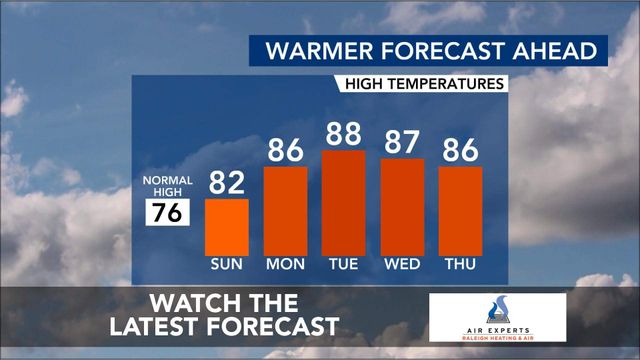Tracking the coronavirus curve

If countries around the world can slow the spread of coronavirus, "flattening the curve" of infection, they can buy time for medical facilities to better handle the influx of seriously ill patients.
One way to track that curve is to monitor the increase of confirmed positive cases.
Here's a live look at confirmed new cases – along with a rolling average of new cases – in the U.S. Use the dropdown menu below to select a country to compare to the U.S. response. Last updated March 22
United States
Confirmed new cases of the novel coronavirus in the United States hit a peak of 1,000 on March 1 based on the most recent data.
The seven-day rolling average of new cases is rising.
Total confirmed cases
000
Total deaths
000
Note: Some data on graph exceed scale
Confirmed new cases of the novel coronavirus in the China hit a peak of 5,000 on March 16 based on the most recent data.
The seven-day rolling average of new cases is falling.
Total confirmed cases
000
Total deaths
000
Note: Some data on graph exceed scale
Not every country is reporting numbers consistently, and the limited availability of tests and other materials means the data aren't perfect. But the numbers can provide at least some insight into how well countries are combating the spread – and how others compare.
These charts are updated daily based on data collected by the Johns Hopkins University Coronavirus Resource Center.
Source: Johns Hopkins CSSE // Graphic: Tyler Dukes & Alex Phillips, WRAL
Methodology: WRAL uses daily reports of confirmed novel coronavirus cases provided by the Johns Hopkins University Center for Systems Science and Engineering, updated around 8 p.m. every day. We calculate new cases and a seven-day rolling average for the 50 most populous countries that reported 100 new cases daily at least once since Jan. 23. A similar methodology was used by The New York Times on March 19. Country names in some cases have changed since the JHU team began reporting data. In most cases, those names could be normalized. In other cases, like for China, we're combining totals for Mainland China, Macau and Hong Kong for consistency. Whether the seven-day average is rising or falling depends on whether the previous day's average is above or below 10 percent of the current day's average.









